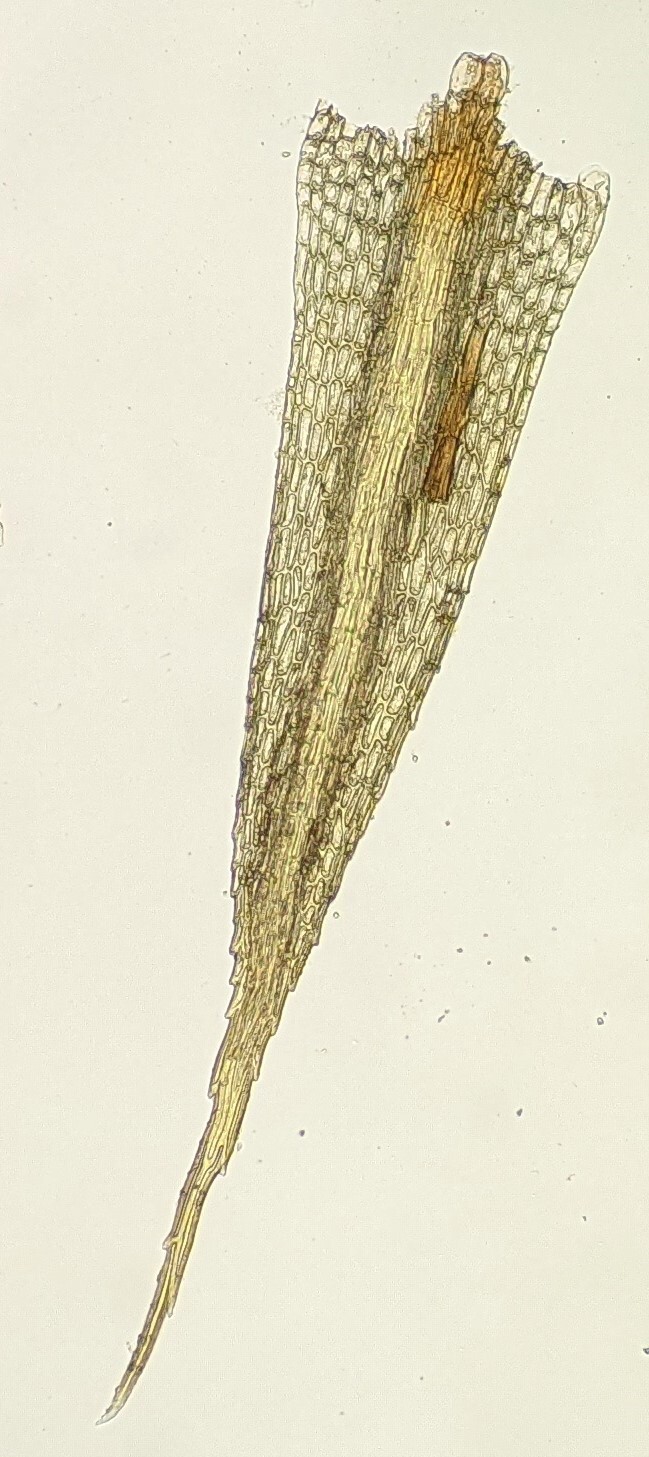Conostomum
Autoicous or dioicous (not in Victoria). Asexual propagules absent. Tufts on soil and rock. Stems erect, simple to fastigiately forked, tomentose near base. Leaves lanceolate to linear-lanceolate, erect to erect-spreading when moist or dry, imbricate, in 5-ranks, without a sheathing base; apex acuminate or rarely obtuse (not in Victoria), often with an awn; costa subpercurrent (not in Victoria), percurrent (not in Victoria) or excurrent, well-defined throughout or poorly defined, often broad and occupying greater than 1/3 of leaf width at base; margin entire throughout (not in Victoria) or denticulate with single teeth toward apex, plane or recurved; laminal cells rhomboid or oblong to linear, smooth or prorate on both surfaces, unistratose; alar cells not differentiated. Capsules erect to horizontal, symmetric, globose or broadly ovoid, ellipsoid or obloid, exserted, operculate or rarely cleistocarpous (not in Victoria), furrowed or wrinkled when dry, without an annulus. Operculum rostrate. Peristome absent or single; exostome teeth apically fused.
Around eight species mostly in the Southern Hemisphere including South Africa, New Zealand, Auckland, Campbell and Macquarie Islands, south-east Australia and Andean and southern South America and nearby subantarctic islands, but with one species widespread throughout arctic and alpine regions of the Northern Hemisphere and one species extending to Mexico from Andean South America; three species in Victoria.
 Spinning
Spinning
